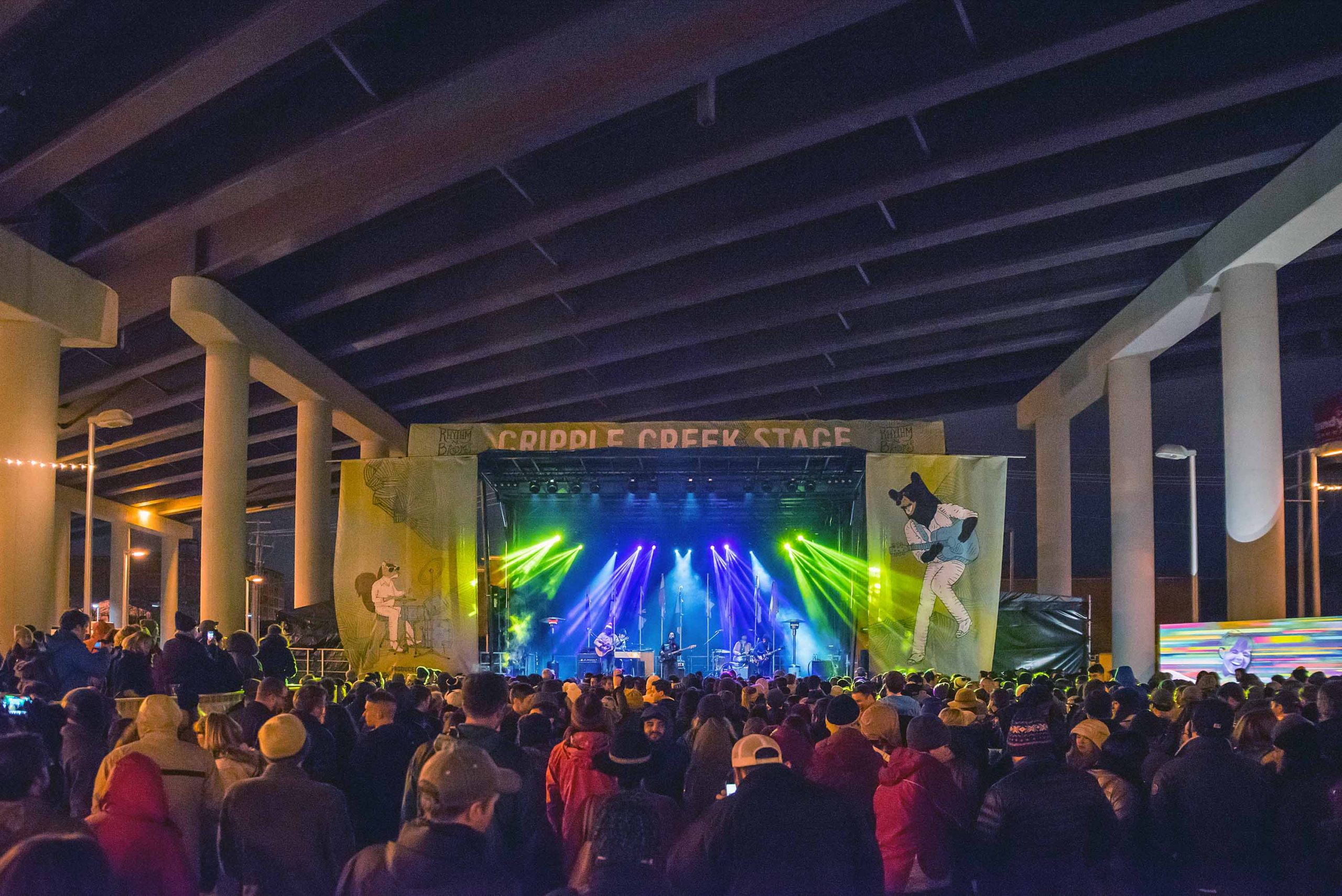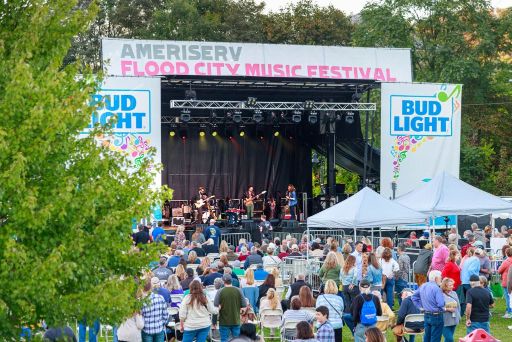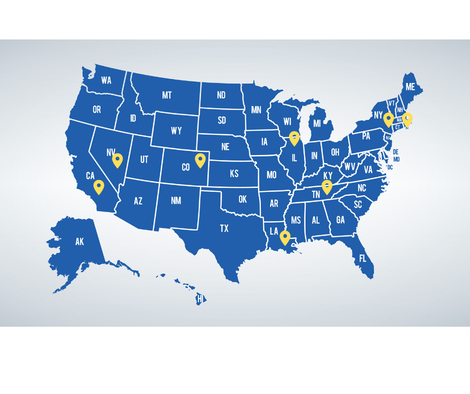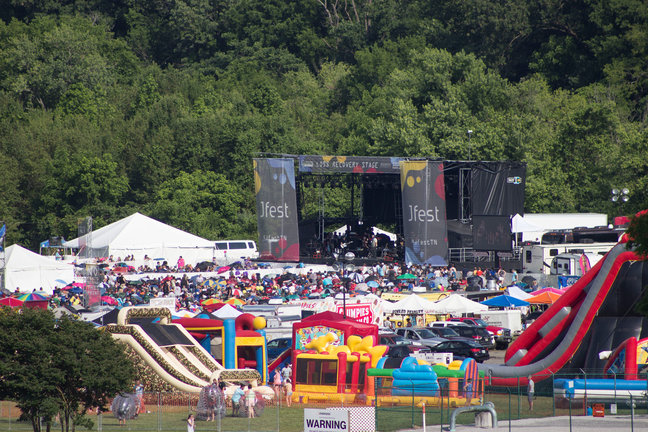The Future of Festivals in 2021
If you work in the festival industry like we do, you know that the 2020 festival season was a wash.
Disappointed attendees, unemployed contractors, and thousands of canceled festivals were the result of the lockdowns and COVID-19 regulations.
Even with a vaccine on the horizon, it looks like upcoming festivals in 2021 will be different than they were before the pandemic.
While festival planners are trying to stay optimistic, safety precautions from last year’s festivals will be combined with new pandemic proof measures as we move forward.
How Festivals Survived in 2020
While the pandemic ravaged the festival and live music industry, many event planners insisted that the show had to go on.
In 2020, we saw drive-in concerts, virtual festivals, and socially distanced events with pens and fences that kept small groups of attendees isolated from each other.
While these measures helped the festival industry stay afloat, many events were canceled or rescheduled for 2021. The events that were held, were a different atmosphere without the large crowds.
Virtual Concerts
Virtual concerts made it possible to enjoy events from the complete safety and comfort of home.
These shows premiered online with the artist performing live in an empty venue. Viewers could either watch the live performances as they were streamed or access them for 24-36 hours after the event.
Though these events allowed people all over the world to attend a single event, watching a music event on a screen isn’t the same as an in-person experience.
Socially Distancing Festival Attendees
With quick innovation, some festivals did manage to hold in person events during the pandemic.
Drive-in concerts were a popular suolitions to the social distancing conundrum. Drive in events allowed attendees to see their favorite artists in person from the safety of their car.
Though the sound and visibility of the show are somewhat reduced by being in a vehicle, this was an early solution that allowed some events to happen.
The drive in festival does reduce the number of attendees. Where before you might have several thousand attendees, the event now might be limited by the space available to a few hundred cars.
Some in-person, out-of-car festivals still took place in 2020, but attendees were divided into pens that kept them socially distanced.
The pen method brought its own set of problems for festival planners. In order to keep people apart, fewer people were able to attend the events.
With the increase of staff required to get the attendees safely to their designated areas, and the cost of procuring and setting up the pens, this sort of event was likely to have a narrower profit margin than a traditional festival.
Larger Stage Sizes
We saw a trend in larger stages being used at socially distanced festivals.
At NorthCoast Banners we print banners for all stages. In a regular year, one of the most popular stages we print banners for is the SL 100 with a 24’x20’ stage floor.
During the pandemic, we saw an increase in banner orders for larger stages – especially the SL260 with a 32’x24’ floor.

Not only does the larger stage allow for more space for the artist and various workers to remain socially distanced, but it also has larger side banners. The larger banners allow the audience to see the stage branding from a greater distance.
Often, screen projections were also used to make the experience just as impactful for those seated further away from the stage.
What to Expect If You’re Planning Festivals in 2021
Although the pandemic is far from over, many of the hottest festivals are planning to return to the United States in 2021 with COVID safety precautions in place.
Outside Lands, Riot Fest, and the Electric Forest are just a few of the music festivals saying they will make a comeback in 2021.
Challenges Festivals Face in 2021
If you’re planning festivals in 2021, it’s important to follow all the safety guidelines recommended for the area where the event will take place. Safety regulations vary not only from state to state, but sometimes by county throughout the US.
Temperature checks, mandatory mask-wearing while indoors, and hand sanitizing stations should be implemented to prevent the spread of coronavirus at your event.
Keeping Your Attendees safe
While these measures have been proven to reduce the spread of the virus, they do pose some drawbacks and challenges for event planners and attendees.
Attendees may complain that wearing a mask is uncomfortable. If your festival takes place in the summer, masks may cause attendees to feel overheated. It’s also harder to stay hydrated when wearing a mask which may lead to an increased risk of dehydration or heat exhaustion.
Though alcohol sales can be a big part of the revenue at a festival, it can create additional challenges during the pandemic.
Whether trying to have your attendees keep their masks on or follow social distancing rules, it can be difficult to get people to follow the guidelines when they are under the influence of alcohol.
Some festivals will require attendees to test negative for coronavirus. Though this seems like a sure way to keep COVID out of your festival, it presents logistical challenges.
Unless you’re doing rapid testing on site, there is the potential that an attendee was exposed to coronavirus after getting their test. There’s also concern about attendees falsifying negative test results in order to attend the event.
At minimum, festivals will probably need to use temperature screening to prevent ill attendees from entering the venue.
Staffing Challenges
Event planners should also take steps to ensure the safety of event staff members.
In order to enact safety measures and screening of attendees, you will likely need to increase your staffing.
In addition to needing more staff, it can be harder for your people to work with each other. Social distancing makes it harder to communicate, especially in a festival setting.
Some set up tasks may need to be done with staff members closer together than the FDA recommended 6ft minimum distance. Some festival planners have discussed.
Will there be Festivals in 2021?
As we move into 2021, it seems more likely that some festivals will return than others.
For large festivals like Coachella, it’s unrealistic to think that these safety precautions will be effective. If Coachella were held in person, it would likely need to have fewer attendees. With the number of performing acts at large events like Coachella, it’s likely that these massive festivals will hold off until we’re beyond the COVID pandemic.
For small and mid-size events, safety measures could be implemented. Mid sized events could still be profitable as long as event planners account for the increased cost and decreased number of attendees.
Unfortunately, continued fear about the pandemic may deter some people from attending festivals in 2021. Some people, especially those with high-risk family members at home, simply don’t want to take any chance of contracting the virus no matter what safety precautions are in place.
Music festivals have always been centered around cutting loose and coming together with friends and strangers alike, and with so many rules and regulations in place, event planners may not be able to provide the experience that attendees are used to.
Event planners should prepare for lower turnout, higher overhead costs, and reduced profits for the 2021 festival season.








